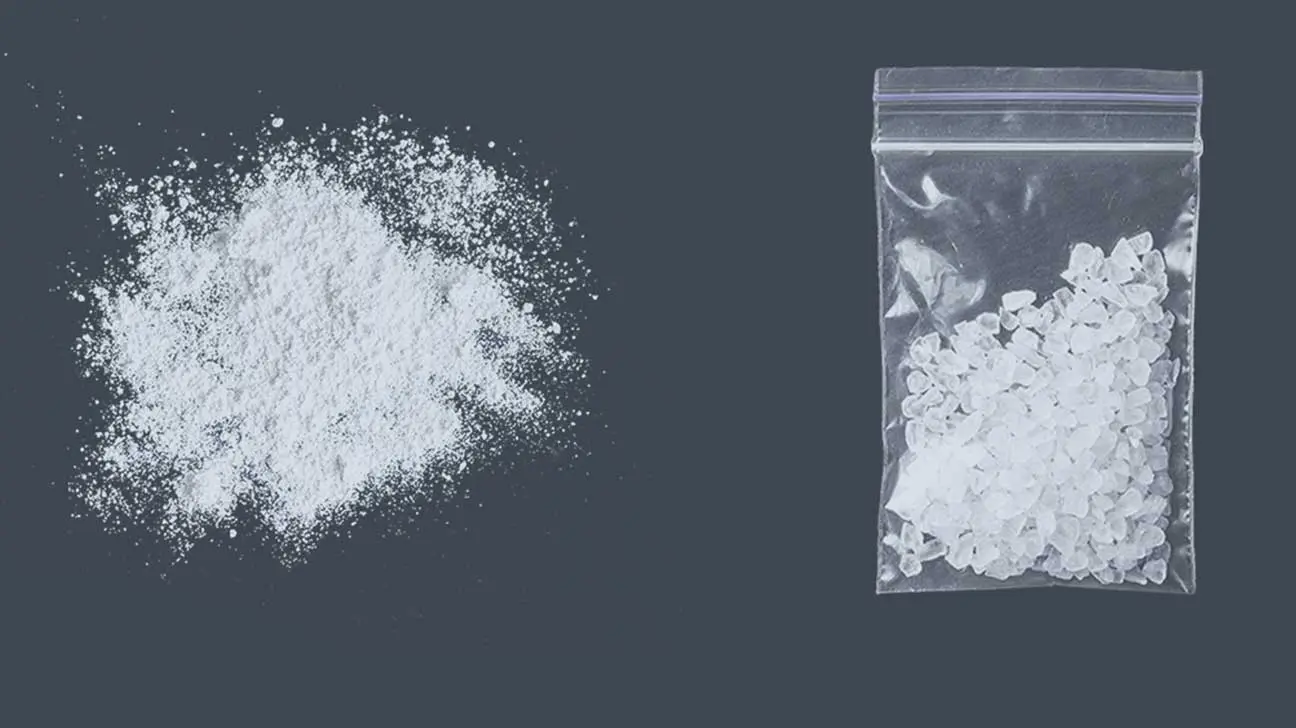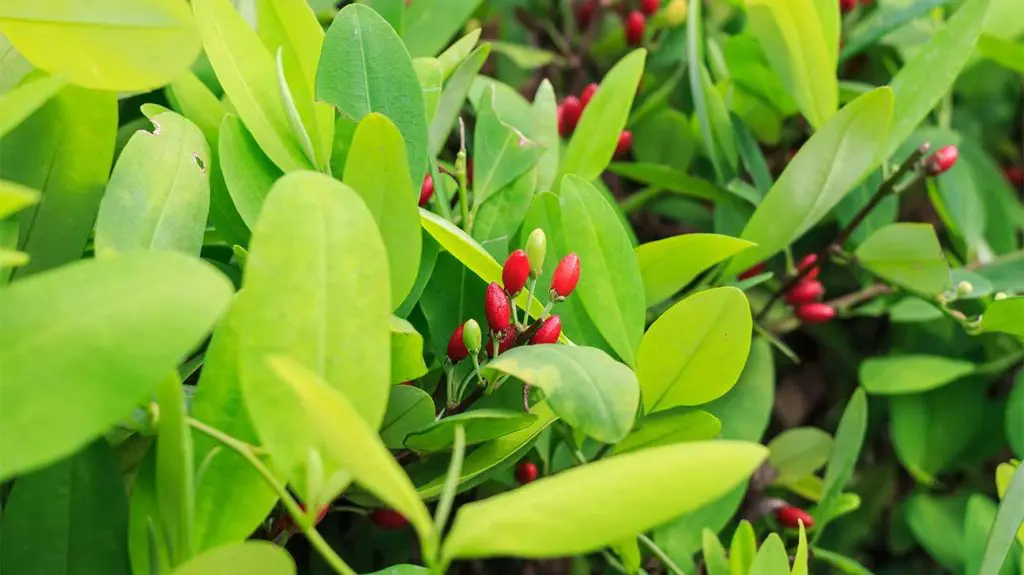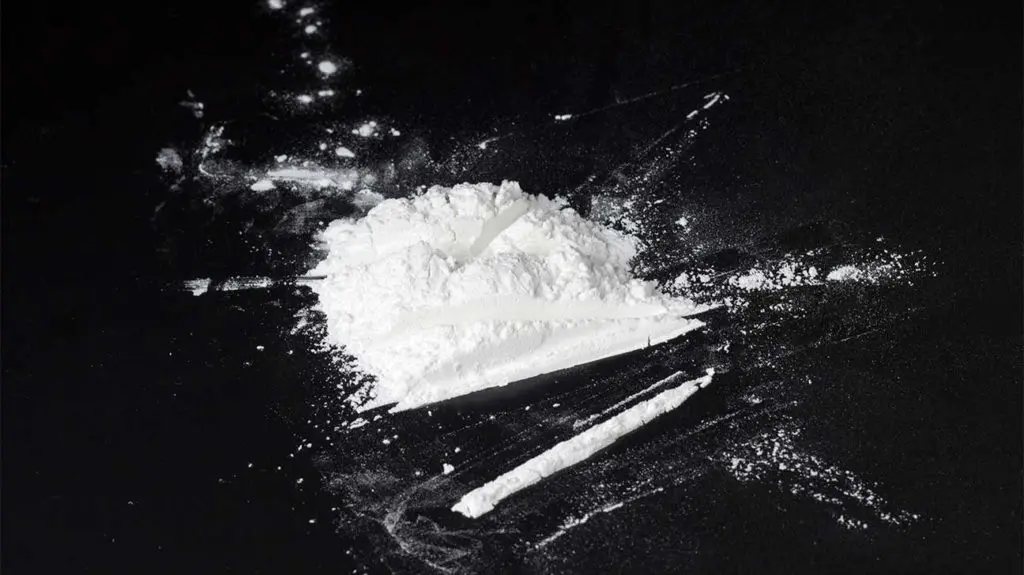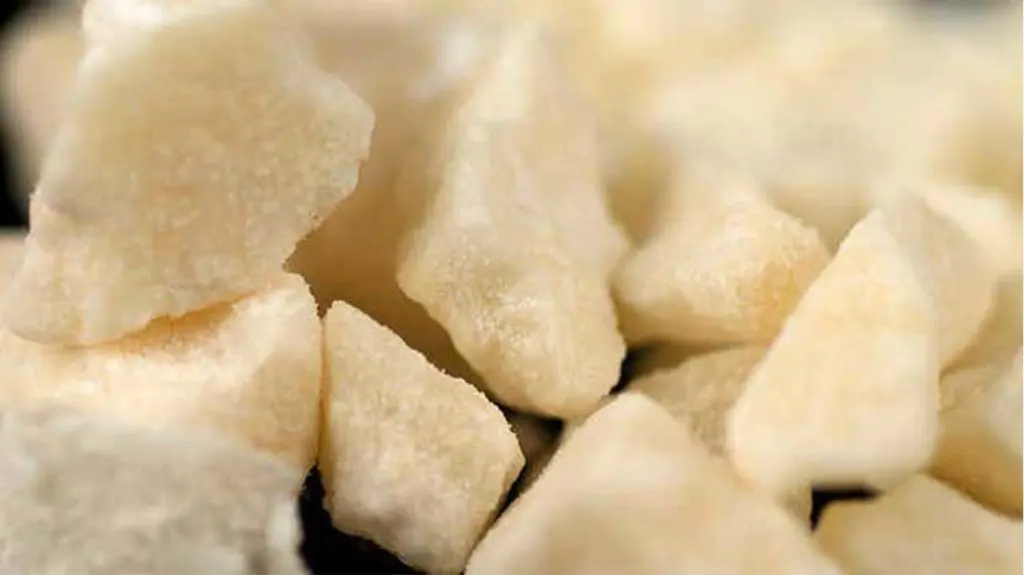
Identifying cocaine abuse or addiction in a loved one can be made easier if you know what cocaine looks like.
Cocaine is an illicit, stimulant drug that is sold by drug dealers. Cocaine in the United States is largely trafficked from Latin American countries in South America, such as Colombia and Peru.
Cocaine can be identified in the forms of:
- coca plants (where cocaine comes from)
- powdered cocaine
- crack cocaine (freebase)
Cocaine can also be mixed with other drugs, such as MDMA/ecstasy, heroin, and fentanyl. This can affect its physical appearance, including its form and color.
Here, you’ll find more information about what cocaine looks like, signs of cocaine use, and treatment for cocaine abuse.
What Coca Plants Look Like
Cocaine, also known as coke, is a stimulant derived from certain species of the coca plant. This plant is native to the Andean region of South America. Cocaine is derived from the leaves of the coca plant, which are green.
For centuries, South American populations have chewed on coca leaves, made tea with the leaves, or have ground them into a paste form for their stimulant and anesthetic properties.
It is illegal to bring coca leaves into the United States. Cocaine sold in the U.S. is generally already processed into a powder or solid form prior to reaching U.S. soil.
What Powdered Cocaine Looks Like
Once cocaine is extracted from the coca leaves, it is processed into a flaky, then crystalline powder form. Powdered cocaine can be snorted, taken orally, or dissolved into a liquid to be injected.
Characteristics of powder cocaine:
- white or off-white
- very fine
Cocaine is generally whitish in color once it is processed. Powdered cocaine is often cut with cutting agents, such as hydrochloride, baking soda, flour, and cornstarch. This reduces its purity and potency.
What Does Crack Cocaine Look Like?
Crack cocaine is the solid form of cocaine. This is a pure form of cocaine that has been stripped of additional additives, such as cocaine hydrochloride.
Crack cocaine can come in the form of:
- white, rock-like crystals
- bricks
- nuggets
- solid chips
Crack cocaine is heated, then smoked. Inhaling the vapors of crack cocaine can cause near-immediate euphoric effects.
Smoking cocaine has been associated with a higher risk of crack dependence, addiction, and overdose compared to snorting powder cocaine.
Drugs That Look Similar To Cocaine
Many illicit drugs come in powder form. Some illegal drugs can look similar to both the powder and solid forms of cocaine.
Drugs that can look similar to cocaine include:
- methamphetamine (meth)
- amphetamine
- bath salts
- flakka
- heroin
- fentanyl
The similar appearance of many illicit drugs can make it difficult to know what drug you’ve gotten when buying from a drug dealer. Many substances, such as flour and sugar, look similar to cocaine.
Signs Of Cocaine Use
Cocaine can cause a range of side effects on behavior, thoughts, physical appearance, and mental health.
Knowing common signs of cocaine use can help you identify if someone you know is using illicit drugs like cocaine.
Signs and effects of cocaine use can include:
- being very energetic
- erratic behavior
- aggressive or violent behavior
- mood swings
- nosebleeds (from snorting)
- track marks (from injection)
- possessing drug paraphernalia (e.g. small baggies, spoons, syringes)
- unexplained weight loss
- seeing or hearing things that aren’t there
- gaunt appearance
Taking excessive amounts of cocaine, or taking cocaine that’s been mixed with other drugs, can lead to adverse reactions, including dangerous changes in heart rate, body temperature, and blood pressure.
Cocaine has the potential to cause heart attack, seizure, stroke, and cardiac arrest. These can be signs of an overdose and may be life-threatening without immediate medical treatment.
Find Addiction Treatment For Cocaine Use
Regularly using cocaine can lead to drug dependence and addiction. Recovering from cocaine addiction can be a multi-step process.
Cocaine addiction is generally treated through detox, behavioral therapy, and community-based support groups.
Many treatment centers across the United States offer inpatient and outpatient rehab programs for cocaine addiction. Inpatient rehab programs are the most effective type of treatment for drug addiction.
If you’re looking for drug abuse treatment for yourself or a loved one, call our helpline today for more information.
Addiction Resource aims to provide only the most current, accurate information in regards to addiction and addiction treatment, which means we only reference the most credible sources available.
These include peer-reviewed journals, government entities and academic institutions, and leaders in addiction healthcare and advocacy. Learn more about how we safeguard our content by viewing our editorial policy.
- National Institute on Drug Abuse—Cocaine DrugFacts
https://www.drugabuse.gov/publications/drugfacts/cocaine - United States Drug Enforcement Administration (DEA)—Cocaine
https://www.drugabuse.gov/publications/drugfacts/cocaine





